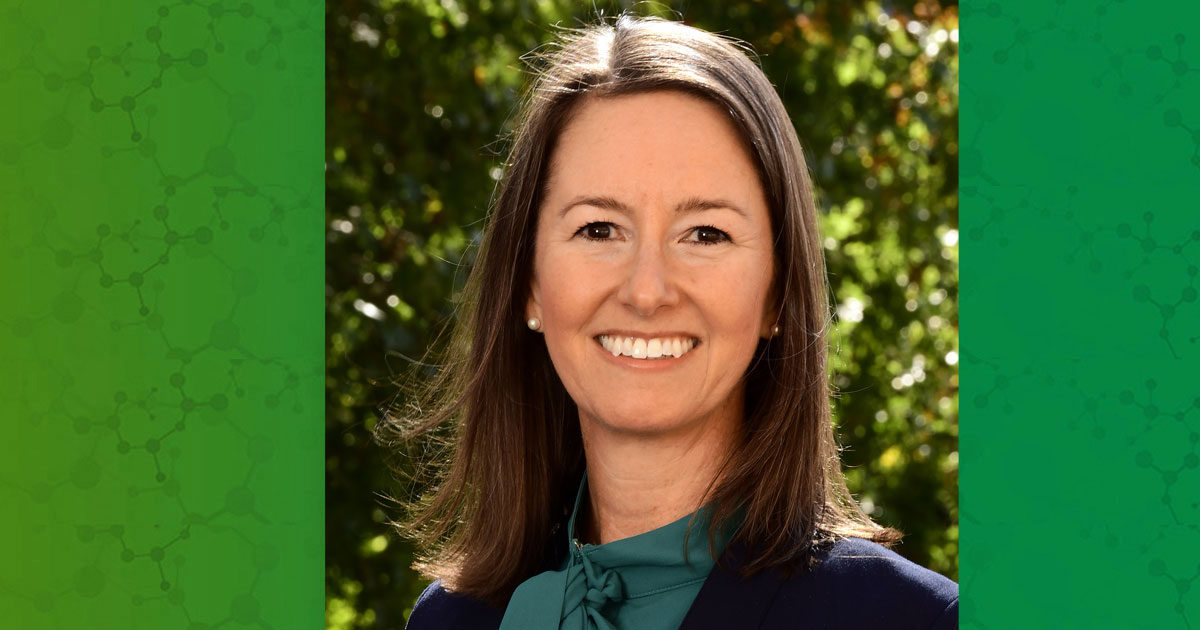Environmental Factor readers enthusiastically gravitated to research news they can use to improve their health and prevent disease, according to a new analysis of 2024 website traffic.
Efforts to tackle public health concerns through research advances related to women’s health, disaster response, endocrine-disrupting chemicals, and microplastics topped the list of most-read Environmental Factor articles in 2024.
Half of all articles in the top 20 highlight strategic collaborations across NIEHS and the National Institutes of Health (NIH) community, which consists of 27 different Institutes and Centers. For example, NIEHS scientists and physicians — in the Division of Intramural Research, Division of Translational Toxicology, and Division of Extramural Research and Training — worked with grant recipients and colleagues at other institutes on topics ranging from exposomics and autoimmune disease to the influence of a changing climate on human health.
The latest analysis also included the following findings about our readers.
- Sixty-one percent visited the Environmental Factor website from a desktop computer versus 39% who read stories on mobile devices or tablets.
- Most found Environmental Factor articles through organic searches, followed by referrals from links shared via GovDelivery, Facebook, and LinkedIn.
- New users accounted for 37% of all page views.
- Most articles were read by users accessing Environmental Factor from the U.S. (74%), followed by France (4%), and Canada (3%).
In case you missed any of the top 20 stories, you can read them at the links below.
We at Environmental Factor look forward to continuing to communicate the latest in NIEHS-supported environmental health sciences research in 2025. We are grateful for our readers — whether you are a scientist, student, grant recipient, policymaker, member of the press, or interested parent or grandparent — and wish you a prosperous and healthy new year!
(Caroline Stetler is Editor-in-Chief of the Environmental Factor, produced monthly by the NIEHS Office of Communications and Public Liaison.)
Source link
factor.niehs.nih.gov



